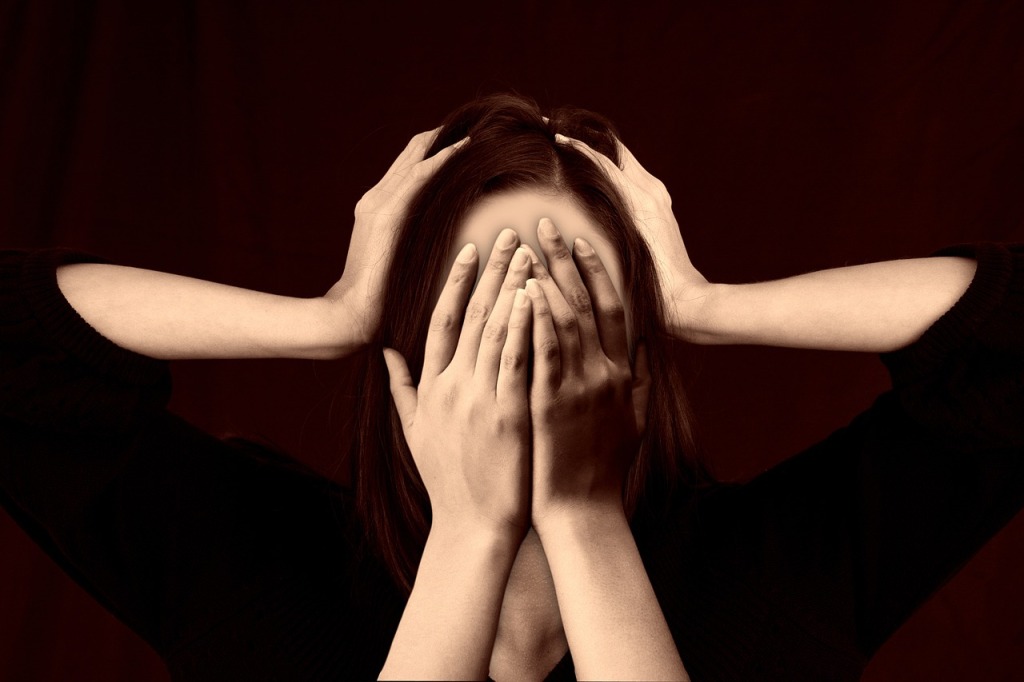
Jorge Galindo, a licensed marriage, family, and child therapist, works in Irvine, California alongside his wife, Miriam Galindo, Psy.D. He is a certified domestic violence provider with the City of Orange, where he undertook a doctoral internship at an award-winning inpatient psychiatric hospital, St. Joseph Hospital. During this internship, Dr. Jorge Galindo received special training in assessing bipolar spectrum disorders.
Bipolar spectrum disorder is a group of conditions characterized by extreme mood swings between mania (a mental condition characterized by intense exhilaration or euphoria, delusions, and hyperactivity) and depression. The most common types are bipolar I and bipolar II disorder.
Bipolar I disorder involves episodes of mania that typically last at least one week. During manic episodes, a person may feel euphoric, energetic, and highly productive. However, mania can lead to poor judgment, impulsivity, and other problematic behaviors. Bipolar I disorder also involves depressive episodes.
Bipolar II disorder involves episodes of hypomania, which are less severe than mania but still disruptive. During hypomanic episodes, people experience an elevated mood and increased energy and activity levels. However, they can continue functioning normally. Bipolar II disorder also involves major depressive episodes.
In addition, the bipolar spectrum includes conditions like cyclothymia (a substantial mood fluctuation from the norm, although not as severe as bipolar I and II) and other specified bipolar and related disorders. These involve subthreshold mood episodes that still cause significant distress and impairment. While the specific symptoms and severity vary, all bipolar spectrum disorders share a common theme of extreme fluctuations in mood and energy levels. Mood swings can be unpredictable, and severely impact one’s life and relationships.
Effective management of bipolar spectrum disorder requires a combination of medication, psychotherapy, and lifestyle changes. Medications like mood stabilizers and antipsychotics can help control mood episodes, while psychotherapy can teach coping skills and strategies for managing triggers. Changes in diet, sleep, and daily routines can also help stabilize moods and promote well-being.
